Review: LG Stylo 2 for Boost Mobile
May 26, 2016, 3:00 PM by Eric M. Zeman
updated May 26, 2016, 3:37 PM
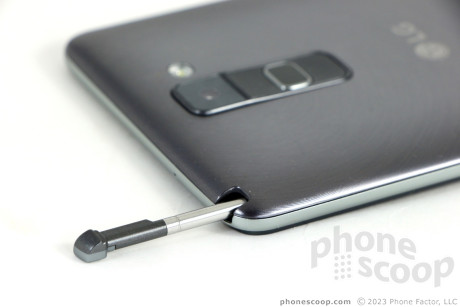
LG's second take on its stylus-equipped smartphone is easier to use and performs better than its predecessor. The Stylo 2 is also well made, inexpensive, yet laden with Android and LG goodies. Here is Phone Scoop's in-depth review of the LG Stylo 2 for Boost Mobile.
Is It Your Type?
The Stylo 2 is a refreshed version of last year's low-cost, stylus-equipped smartphone from LG. Several core features, such as the camera and memory, have been updated to modern standards, and the hardware sees a pleasing upgrade as well. If you're in the market for a phablet, but need to stick to a budget, the Stylo 2 delivers a lot of bang for the buck.
Body
The LG Stylo 2 represents an evolutionary step for LG's inexpensive line of handsets. LG improved the internals of the device, altered the design a bit, and fine-tuned the software some, but the overall idea remains intact: the Stylo 2 is a big-screen smartphone that supports a stylus for alternate input.
LG is stepping away from the "curved" design language it has used for several years. The Stylo 2 is more of a plain slab with rounded corners and edges. The front is black, the sides are chrome-y, and the rear panel is gray. The appearance is rather conservative, but still relies on some well-known LG trappings, such as rear-mounted volume and power controls. It may be a bit boring, but the S2 still manages to offer a touch of class.
Perhaps the most significant improvement over the original Stylo is the size and weight, which have both be reduced in the S2. For example, the S2 is a full 2 mm thinner and 0.75 ounces lighter than the previous model. The slim profile is much easier to deal with and the weight makes the phone a cinch to use for extended lengths of time. I'm not saying the S2 is a small phone, but isn't the biggest phone, either. It's impressive that LG was able to cram a 5.7-inch display into the phone's tight frame.
People who have small hands or who prefer compact handsets may not enjoy using the S2. It's big enough to require two hands at times, and there's no way your thumb can reach the entire screen without repositioning the phone in your hand. It's thin enough to slip into pockets without too much trouble.
The S2 is mostly composed of plastics. The display is glass, of course, but the frame and rear panel are polycarbonates. The materials aren't the best I've touched, yet the S2 does not feel cheap. LG did a good job assembling the phone: the seams are all tight and all the parts fit together well.
I like the way LG treated the S2's front surface. The glass panel sits on top of the frame, rather than within it. That means the glass protrudes a bit when the S2 is viewed from the side edges. The glass is wrapped in an extremely thin piece of plastic that forms a slight rim. This rim may protect the screen from scratches when the phone is placed front down on flat surfaces. LG minimized the bezels around the display's edges, and I appreciate that. At a glance, the front is plain black glass save for the chrome-colored earpiece speaker above the screen and the reflective LG logo below the screen.
Since the volume and screen lock buttons are perched on the rear surface of the S2, the two side edges are smooth and clean. This makes the phone more comfortable to grip in your hand. The rear-placed buttons make LG's handsets stand out from competing models, but take a bit of time to get used to. The button array includes the camera module. Due to its proximity to the buttons, the camera glass is easy to smudge with fingerprints. The buttons are easy to find and tell apart by feel, and they offer good travel and feedback.
The rear panel itself has a neat texture. The plastic includes a radial, brushed metal appearance that makes a zipper-like sound when rubbed with your fingernail. More importantly, the rear panel is removable. LG carved a small notch in the lower corner of the panel to help pull it off. The panel is rather thin, but stops short of being flimsy. The S2's battery can be swapped at whim, as can micro SD memory cards. You'll have to pull the battery to access the SIM card.
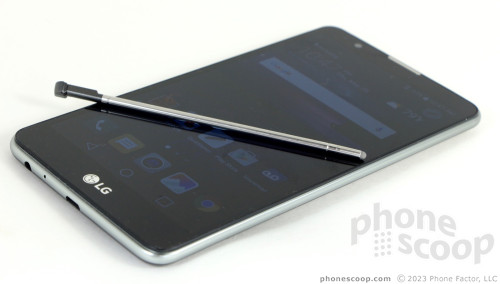
LG stuck the micro USB port and stereo headphone jack on the S2's bottom edge. The stylus is buried in the top of the phone. I found the stylus easy to remove and replace. The phone vibrates when the stylus is yanked out and when put back, and the screen automatically wakes up. The stylus itself is thin, made of metal, and has a rubber tip at one end. The top is designed so there's no way the stylus can be inserted incorrectly. The stylus is a good size, and I found it worked as intended.
In sum, the LG Stylo 2 is a well-made handset that offers a big screen with stylus in a manageable size.
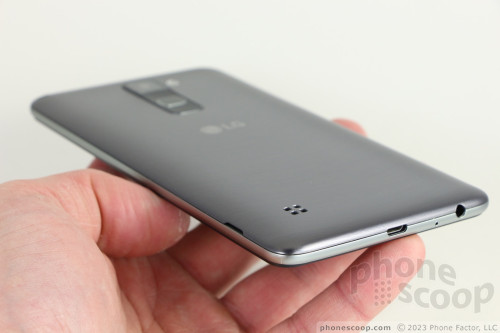
Screen
The Stylo 2's screen is identical to its predecessor's. The panel measures 5.7 inches across the diagonal and it includes 1280 by 720 pixels (720p HD). A screen this big would be better served by a full HD display, but the Stylo 2 manages to get by. At a comfortable viewing distance (perhaps two feet or so) the screen looks really nice. Bring it close to your eyes (less than 9 inches) and you'll start to see some fuzzy edges here and there. The LCD panel puts out plenty of light. I was able to use the phone indoors and out with no problem. You'll have to crank the brightness all the way up when outside. Viewing angles are acceptable; there's a bit of brightness drop off when the phone is tilted side to side, but there's no color shift.
Signal
Boost Mobile operates on Sprint's network and the Stylo 2 managed to find and connect to Sprint's 4G network without too much trouble. The device ran on 4G most of the time, but occasionally dropped down to 3G in some areas with weak coverage. The Stylo 2 spent more time on 3G than other phones I've tested on Sprint's network in recent months. Using 3G didn't impact voice quality, but it pretty much killed data performance dead. The phone connected most calls on the first dial, though it did drop a call when cruising at highway speeds. Data performance over LTE was fine, and network-dependent apps like Facebook and Instagram were able to load video content consistently and quickly. Surfing via 3G has become nearly pointless.
Sound
Voice performance was inconsistent, though I suppose one could argue that people don't buy phablets for their phone call powers. The earpiece delivers plenty of volume for most environments, but quality is choppy. The Stylo 2 was easy to hear (volume-wise) at home, in the car, walking around the mall, and when in a noisy coffee shop. But when voices weren't cutting out entirely, they were often distorted in the earpiece. This made holding conversations a bit frustrating.
Switching to the speakerphone only makes it worse. The speakerphone produces an acceptable level of volume, but the distortion and drop-outs were utterly annoying.
People I spoke to through the Stylo 2 said I sounded good. RIngers and alerts are sufficiently loud, and the vibrate alert is strong.
Battery
If there's one place the Stylo 2 outperforms other phones, it's battery life. The 3,000 mAh battery was consistently good for a full day of battery life under heavy usage. (The screen's low resolution contributes some power savings.) On the occasions when I used the phone less heavily, it pushed into a second day of battery life.
LG included simple battery-saving tools that help manage battery life. Switching on low-power mode ramps down background processes, screen brightness, notifications, and so on. It can be set to kick in automatically when the phone reaches 15% or 5% battery life.
The Stylo 2 doesn't have wireless charging, nor does it have rapid charging.
Bluetooth, GPS, NFC, WiFi
I didn't run into any issues using the Stylo 2's secondary set of radios. For example, the Bluetooth radio easily paired and connected with other devices, including my PC, car, headsets, and speakers. Phone calls sent both to a Bluetooth headset and my car's hands-free system sounded just as bad as through the phone's speaker, unfortunately. Music, on the other hand, sounded excellent when pushed to my favorite Bluetooth speaker.
The phone's GPS radio functioned well. It located me quickly and precisely. The Stylo 2 was a capable companion when it came to navigating between points.
LG skipped NFC, so the Stylo can't make use of Android Pay or tap-to-pair with Bluetooth accessories.
WiFi worked just fine.
Comments
No messages


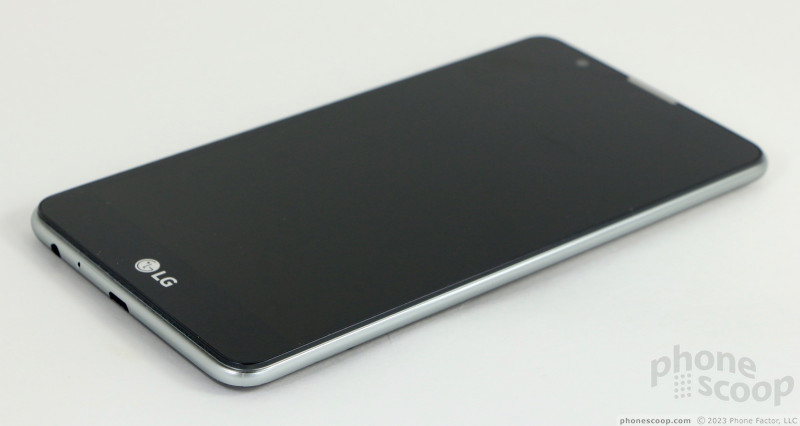















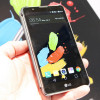 Hands On with the LG Stylus 2, X cam and X screen
Hands On with the LG Stylus 2, X cam and X screen
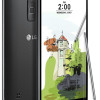 LG Supercharges the Stylus 2 Plus
LG Supercharges the Stylus 2 Plus
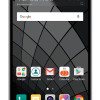 Cricket to Sell LG Stylo 2 Starting May 13
Cricket to Sell LG Stylo 2 Starting May 13
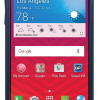 Boost and Virgin Mobile Score Kyocera Hydro Reach
Boost and Virgin Mobile Score Kyocera Hydro Reach
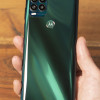 Hands On with the moto g stylus 5G
Hands On with the moto g stylus 5G
 LG Stylo 2
LG Stylo 2




